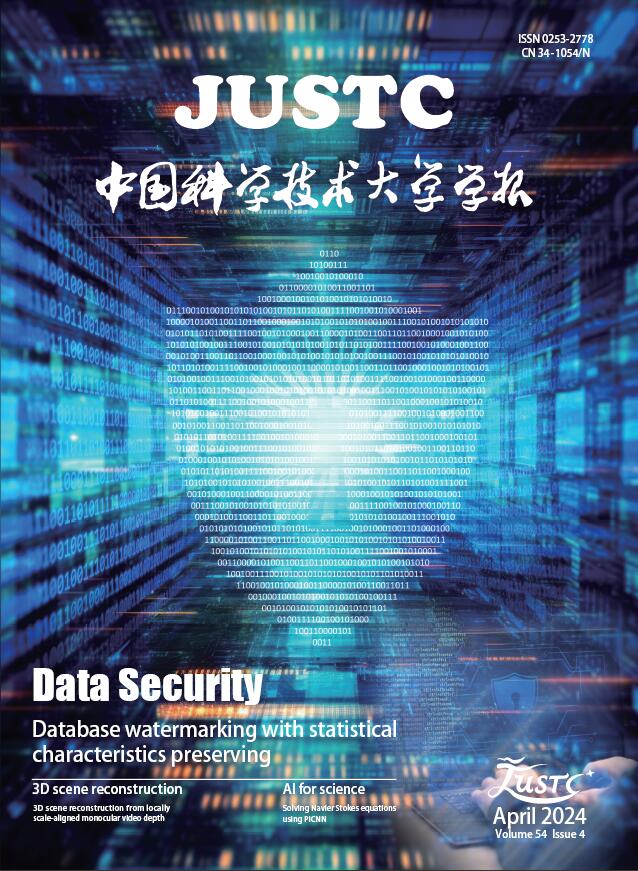2021 Vol. 51, No. 6
Display Method:
2021, 51(6): 431-440.
doi: 10.52396/JUST-2021-0073
Abstract:
2021, 51(6): 447-452.
doi: 10.52396/JUST-2021-0076
Abstract:
2021, 51(6): 468-474.
doi: 10.52396/JUST-2021-0097
Abstract:
2021, 51(6): 475-484.
doi: 10.52396/JUST-2021-0140
Abstract:





